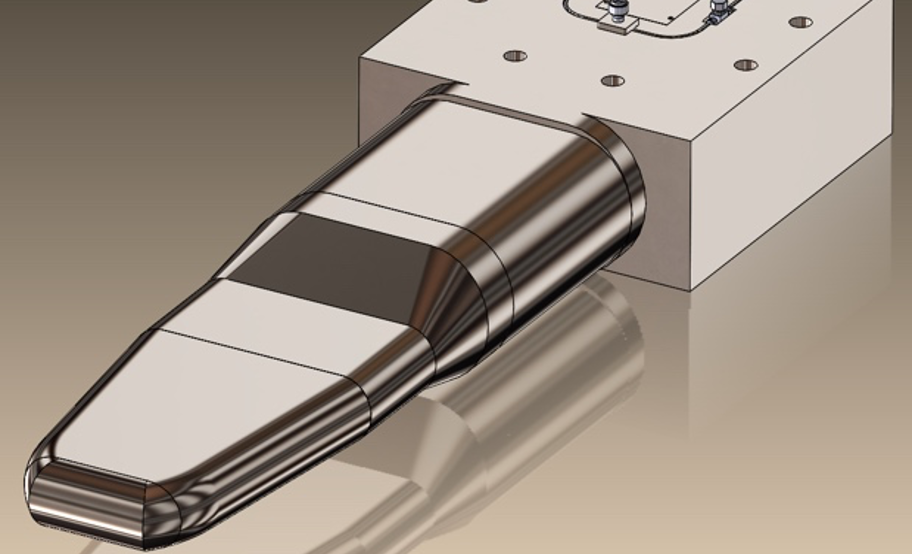Target Systems Upgrades
The Basics
The protons that were bunched together in the Accumulator Ring are sent toward a target station building surrounding a central core where a liquid mercury target is installed. The target and mercury loop contain about 355 gallons (20 tons) of liquid mercury, and a bunch, or pulse, of protons hits the target with tremendous energy 60-times per second. That energy knocks loose, or “spalls,” (hence the name “Spallation Neutron Source”) neutrons from the nuclei of the mercury atoms, which are directed down beamlines toward the instruments that scientists use when performing neutron experiments.
PPU Upgrades
The PPU enables delivering a 2.0-megawatt proton beam to the target, which was originally designed for a 1.4-megawatt beam. Therefore, the PPU included installing a new target that has increased capacity.
Target lifetime will be enhanced using gas injection and jet flow. The pressure waves created when the proton pulses strike the target are lessened by injecting helium gas bubbles into the liquid mercury at more than 10-times the current level, and damage caused by turbulence inside the target is further diminished by using a high-velocity mercury flow (jet flow) system to help spread out the heat and energy. Gas injection reduces pressure-induced stresses by about 40%. Reducing damage from turbulence by jet flow has also been demonstrated at SNS.
A new target with an enhanced structural design was installed to handle the increased beam power.



